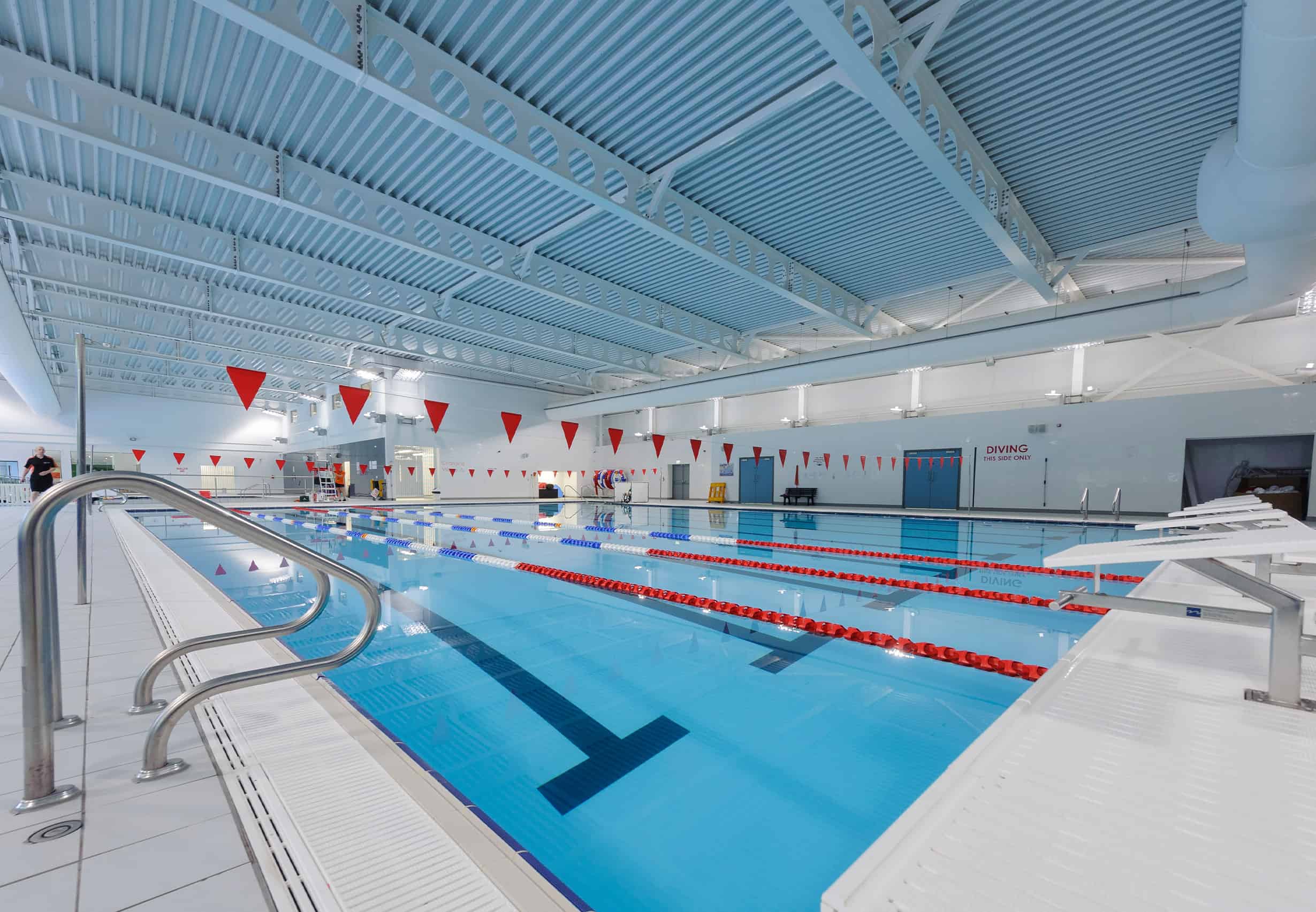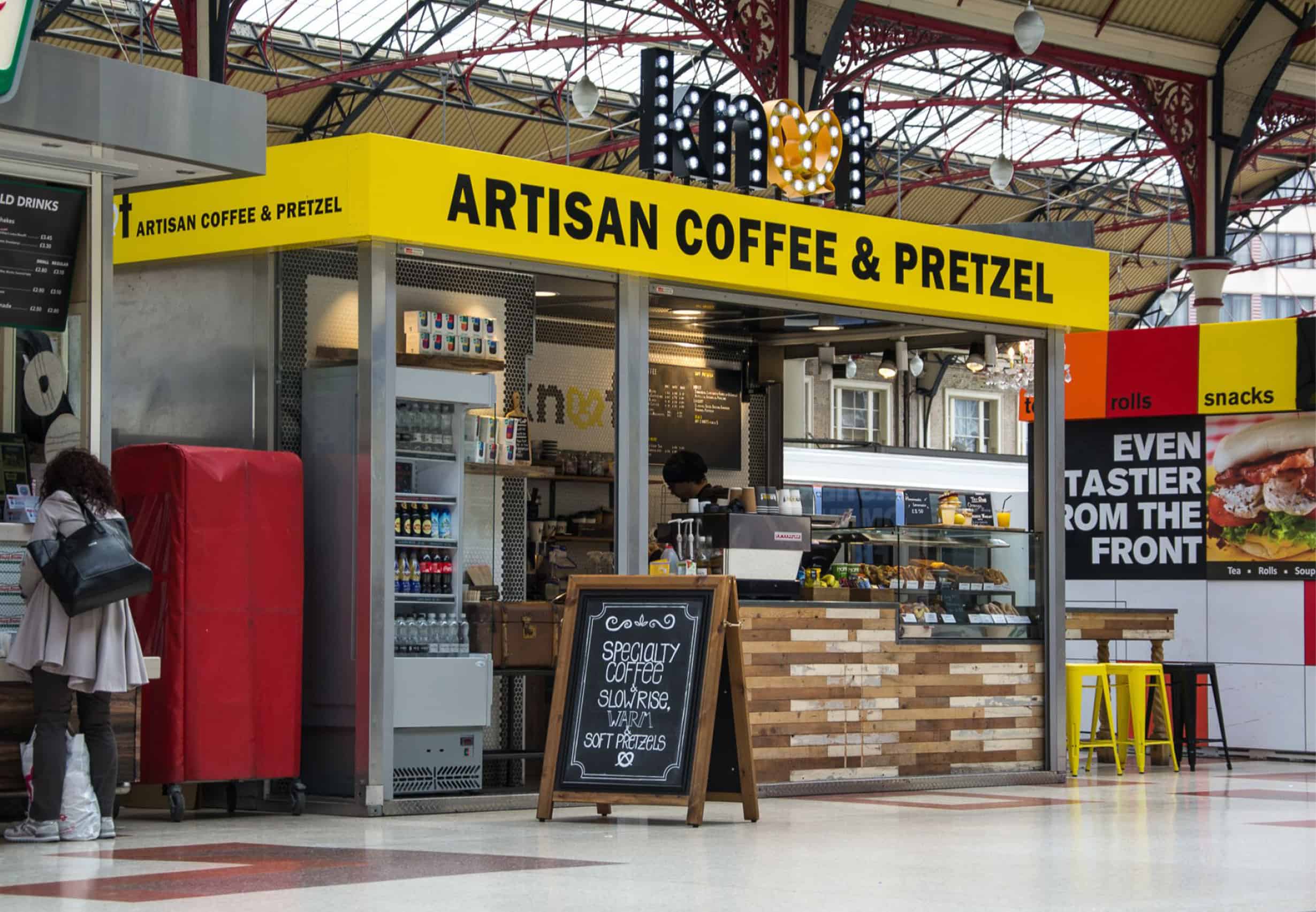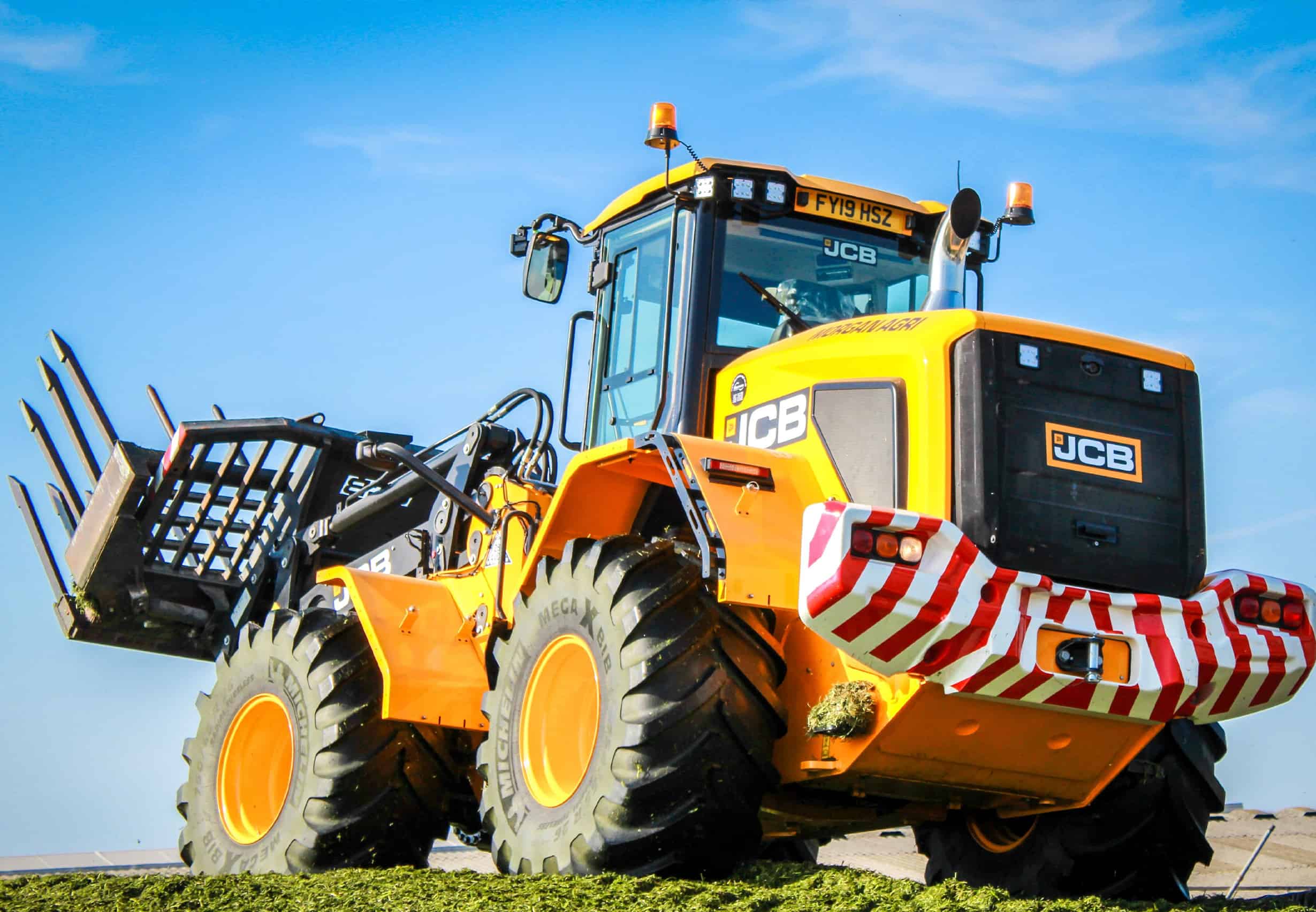An improved website design can help Bourne-based businesses in several ways:
- Increased online visibility: A well-designed website with a user-friendly interface and optimized for search engines can help improve the visibility of a business online and increase the chances of it being found by potential customers.
- Better user experience: A website that is easy to navigate and provides relevant information to users can improve their overall experience and increase the likelihood of them becoming customers.
- Increased credibility: A professional-looking website can help establish a business as credible and trustworthy, which can lead to increased confidence in the brand.
- Improved conversion rates: A website that is designed to guide users through the sales funnel can help increase the conversion rate, resulting in more sales and revenue for the business.
- Cost-effective marketing: A well-designed website can serve as an effective marketing tool, reaching and engaging with a wide audience at a relatively low cost.
- Accessibility: A website that is designed to be accessible to all users, including those with disabilities, can help reach a wider audience and comply with legal requirements.
A well-designed website can help Lincolnshire-based businesses increase their online presence, reach more customers, and grow their revenue.
Marketing Approaches For Bourne Businesses
The marketing approaches that a business in Bourne, Lincolnshire should use will depend on several factors, such as the type of business, the target audience, and the budget available. However, here are some general marketing approaches that businesses in Bourne, Lincolnshire can use:
- Local SEO: With the increasing number of people using the internet to search for local businesses, having a strong online presence is crucial. Optimizing your website for local search engines, creating local business listings on directories, and using localized keywords can help your business show up in local search results.
- Social media marketing: Social media platforms such as Facebook, Twitter, and Instagram are popular marketing channels that businesses can use to reach their target audience. Creating engaging content, running targeted ads, and engaging with customers through social media can help businesses build brand awareness and increase their customer base.
- Email marketing: Email marketing is a cost-effective way to reach out to potential and existing customers. By building an email list and sending targeted campaigns, businesses can keep their customers informed about their products, services, and promotions.
- Print advertising: Local newspapers, flyers, and brochures can be effective marketing tools to reach a local audience. Businesses can use print advertising to promote their products or services, offer discounts, and build brand awareness.
- Networking: Networking is a great way to build relationships with other local businesses and potential customers. By attending local events, joining local business groups, and participating in community events, businesses can build connections and promote their brand.
Businesses in Bourne, Lincolnshire should use a combination of these marketing approaches to reach their target audience and achieve their business goals.
Website Design Bourne
Bourne is situated on the western edge of the Lincolnshire Fens and the eastern slopes of the Kesteven Uplands. Educational standards in Bourne and the surrounding area are high, benefiting from some of the best schools in the county. Featured in Tatler’s list of the country’s top 20 state secondary schools, Bourne Grammar School is renowned for its excellent standard of education, reportedly being the best state-funded secondary school in Lincolnshire. Being a small town Bourne is a great place to live with a fantastic community, however, it does lack the amenities and job opportunities that are often present in larger towns such as Peterborough, Spalding and Sleaford for example. So for anyone who is used to having an abundance of amenities and big businesses on their door step this can make living in the town a bit of a culture shock, Therefore for work you may find yourself heading over to Peterborough for work and other towns / the coast if you’re wanting to entertain yourself on a rainy day. Importantly a regular bus service operates to Peterborough and the other towns and villages in the area, Unfortunately Bourne lacks a train station, and as a result transport links can seem quite limited if you don’t have a vehicle.
Bourne statistics, facts and figures
- The population of Bourne is approximately seventeen thousand
- Bourne is a hard water area so limescale can be a real issue around any wet surfaces. This will probably mean that you will find yourself spraying your taps and shower with limescale remover on a regular basis
- As with a lot of towns and cities in the UK, the population of Bourne has expanded quite rapidly over the past years and is continuing to do so.
- The growing population is putting extra pressure on the town’s services and can mean that waiting times may be longer than you would like for a doctors and dentist appointment Additionally school places may be harder to come by.
- British Sugar Ltd first grew Sugar beet as an English crop in the Fens east of Bourne
- The corn-trade boom that followed the mechanisation of fen drainage. contributed to much of Bourne’s 19th-century affluence


















